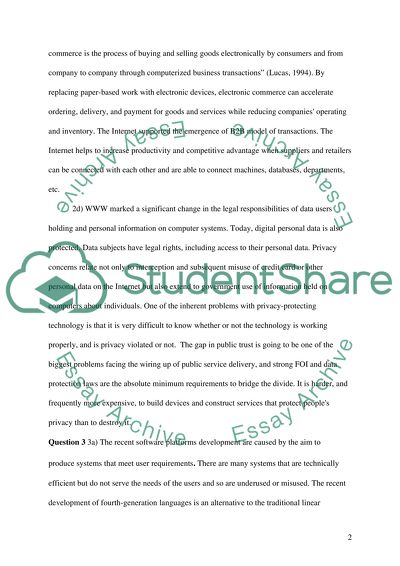Cite this document
(“Computer Systems Management Essay Example | Topics and Well Written Essays - 2500 words”, n.d.)
Computer Systems Management Essay Example | Topics and Well Written Essays - 2500 words. Retrieved from https://studentshare.org/technology/1521560-computer-systems-management
Computer Systems Management Essay Example | Topics and Well Written Essays - 2500 words. Retrieved from https://studentshare.org/technology/1521560-computer-systems-management
(Computer Systems Management Essay Example | Topics and Well Written Essays - 2500 Words)
Computer Systems Management Essay Example | Topics and Well Written Essays - 2500 Words. https://studentshare.org/technology/1521560-computer-systems-management.
Computer Systems Management Essay Example | Topics and Well Written Essays - 2500 Words. https://studentshare.org/technology/1521560-computer-systems-management.
“Computer Systems Management Essay Example | Topics and Well Written Essays - 2500 Words”, n.d. https://studentshare.org/technology/1521560-computer-systems-management.


